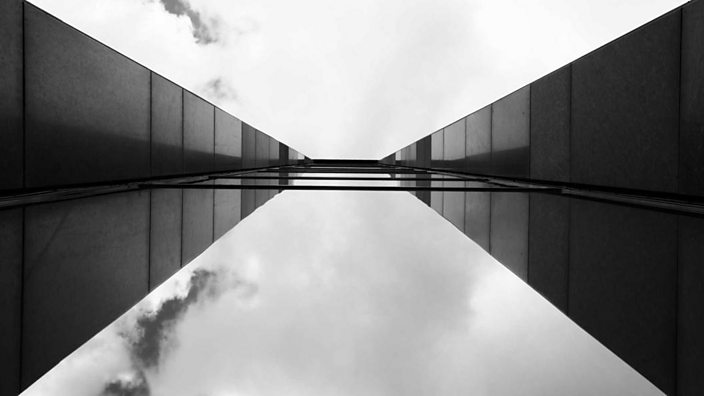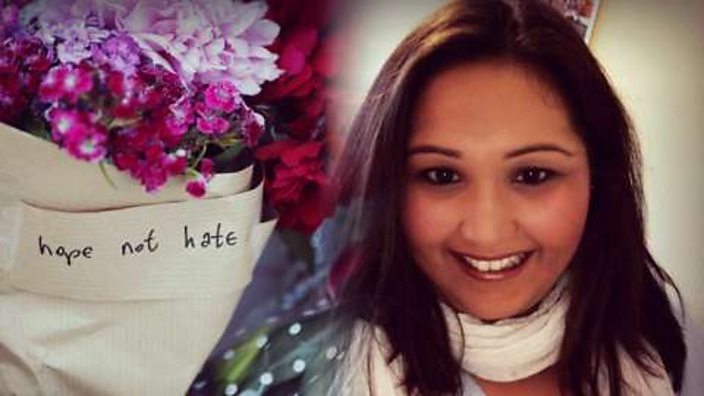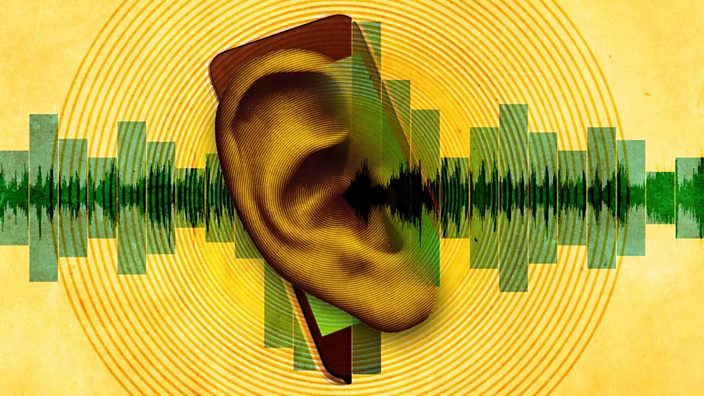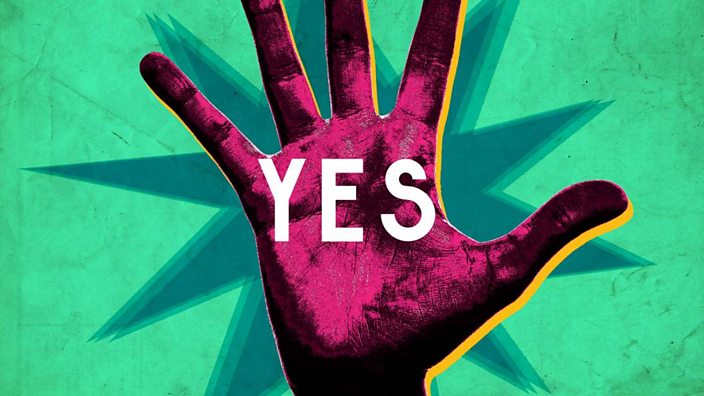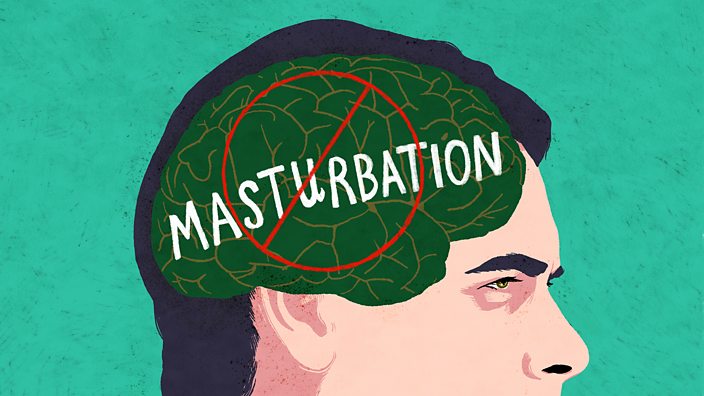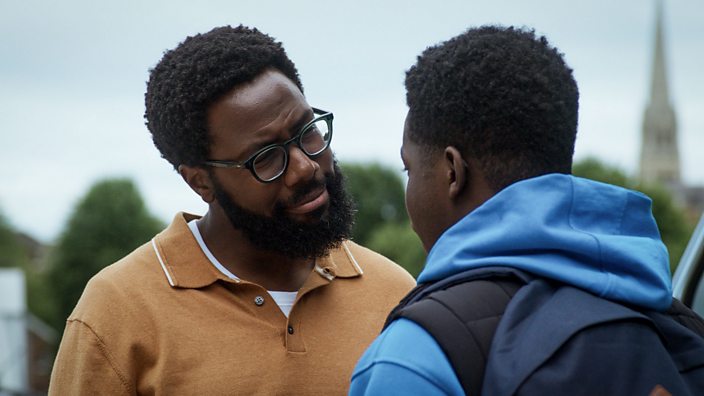When you're tired and stressed out, where do you look for a bit of calm?
Well, whether it's in architecture or someone's photogenic lunch, many are finding solace in a new place - symmetrical images. And as long as everything matches up, everything somehow feels right with the world.
Confused?
In a world of rush and chaos, maybe we're searching for something still and perfect. After all, even a tower block that once seemed drab and ugly, can, if photographed in the right way, be transformed to a thing of beauty.
A quick scan of Instagram and you'll find pages entirely dedicated to symmetrical images. And it may sound odd, but after looking at a few images, you might well find yourself feeling soothed...
These accounts range from Symmetry Breakfast, an Instagram account with 665,000 followers that posts images of matching breakfasts; to Geometry Club, an account with 26,000 followers that posts photos of buildings shot from the street up, two sides converging on the apex in what looks like the perfect triangle.
It's hard to tell what kind of people these accounts attract, but it seems no one is immune to the wonder of perfection.
“Spending time looking at these feeds can be therapeutic,” says Dave Mullen, the Sheffield-based founder of Geometry Club. His inspiration for it came on a holiday in New York two years ago.
“I began taking photos of the architecture and found myself looking for patterns and symmetry in it,” he says. “Before long, I suddenly had 10 or 15 of these triangular compositions, all shot from the same angle, and I thought: these would look really good together online."
Dave curates the best submissions for the site, which are crowd-sourced from the online community.
Symmetry Breakfast, in turn, was started by Michael Zee, a photographer in Hackney keen to share evidence of the meals he makes for himself and his boyfriend Mark each morning.
However individual their first intentions, though, Mullen and Zee have become part of a worldwide internet trend. Consider Symmetrical Monsters and Symmetrical Origami, hits along similar lines (on Instagram and Pinterest respectively); or the Photo Challenge on Mashable not so long ago, which asked readers for shots “displaying perfect symmetry”.
Let’s not forget either the hugely popular Tumblr account, Things Fitting Perfectly into Other Things(which, if not quite the symmetrical, did champion virtues of the tightly geometrical).
Symmetry, it seems, is all the rage. But why? Certainly the collaborative nature of social media has played a part.
Geometry Club, for example, invites anyone anywhere to submit photos of buildings – whether Brutalist or Classical, in Santiago or Sydney – so long as they meet the composition criteria.
Having received just 500 submissions so far, Mullen says the feed is still in its early days – his favourite shot probably being that of Charles Street car park in Sheffield, aka The Cheesegrater, because of its "interesting, jagged exterior".
As if to stress the cutting-edge nature of his practice, Mullen is launching an ioS app this summer to help people take pictures in the correct alignment. The truth is, however, that these feeds are just the latest instance of an artistic inclination that’s ages old.
There has always been aesthetic delight taken in symmetry. In the 20th Century, numerous abstract artists adopted it, from Sol LeWitt and Josef Albers in the US to Robyn Denny in the UK. As did Aleksandr Rodchekno, some of whose photos of Moscow’s buildings after the Revolution wouldn’t look out of place on Geometry Club.
And long before these four, of course, were generations of Islamic artists, who thought symmetry reflected the harmony of heaven – and whose work duly aimed to bring artist and viewer closer to God. Mosques the world over from Mecca to Manchester all bear a nod to the tradition of geometric patterns, with one of the most famous being the stucco and tile work inside the Alhambra palace in Granada.
Might the human fascination for symmetry, then, be more than just aesthetic? According to the American scientist Alan Lightman, human brains actually strive to see things symmetrically.
“The reason must be partly psychological," he says. "Symmetry represents order, and we crave order in this strange universe we find ourselves in... [It] helps us make sense of the world around us".
There’s nothing intrinsically new, then, about accounts such as Geometry Club and Symmetry Breakfast - just the platform on which they operate.
“I don’t think there’s a deep mystery [to their popularity],” says Mullen.
“People like niche, curated feeds where they know exactly what they’re going to get, each time they visit: a selection of pleasing, smartly composed pictures that conform to the same rules. There’s a reassuring comfort in that.”
